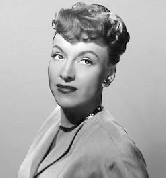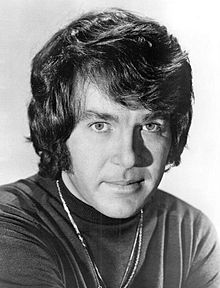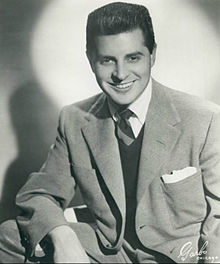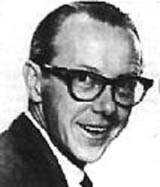The Bubble (1966 film)
The Bubble is a 1966 American 3D science fiction film in color, later rereleased under the title Fantastic Invasion of Planet Earth. It was written and directed by Arch Oboler and starred Michael Cole and Deborah Walley.
The Bubble utilizes many gimmick shots that serve only to showcase the 3D, which in 1966, after a dozen years neartotal absence from U.S. screens, was once again a novelty interesting in itself. Some gimmicks are marginally plotrelated, such as Katherine reaching out to greet her husband, her arms stretching out to the viewer, but many are not. An electrical worker climbs up a power pole, the pole shown from above so that it projects out into the audience. Various objects are thrust out at the viewer. For no logical reason, a tray of beers defies gravity and slowly floats out of the screen to waft about in midair and tantalize the audience for a while before slowly returning. Scenes of vacantfaced townspeople strolling along the sidewalk in a daze while repeatedly opening and closing umbrellas, prolonged beyond any storytelling necessity, are revisited at intervals. Much of this gratuitous footage was trimmed out before later rereleases, unburdening the film of roughly twenty minutes of its original nearly twohour running time.The Bubble marked the introduction of the economical SpaceVision 3D system. Unlike the twocamera, twoprojector systems used to make and show the 3D feature films of the 1950s, SpaceVision used a single ordinary movie camera with an external optical attachment that allowed it to simultaneously photograph the lefteye and righteye views stacked in an overandunder configuration on a single frame of film. Because each image was only half the standard height, this resulted in a widescreen aspect ratio with roughly the same proportions as CinemaScope. A special attachment on the projector allowed the two images to be projected through oppositelyoriented polarizing filters and superimposed on a screen provided with a special nondepolarizing surface. As with the featurelength 3D films of the 1950s, the audience had to wear Polaroidtype 3D glasses so that each eye would see only the image intended for it. SpaceVision was used for Andy Warhols Frankenst
Source: Wikipedia







